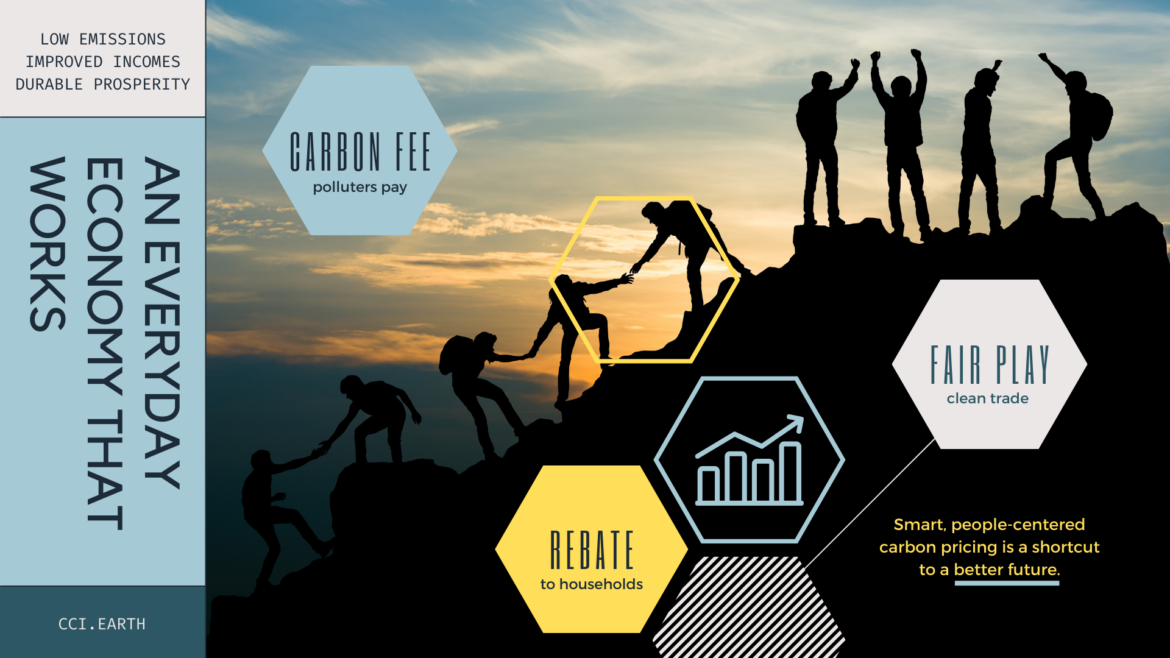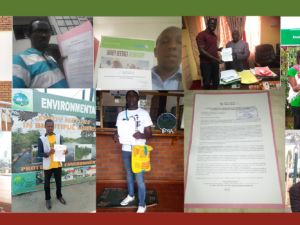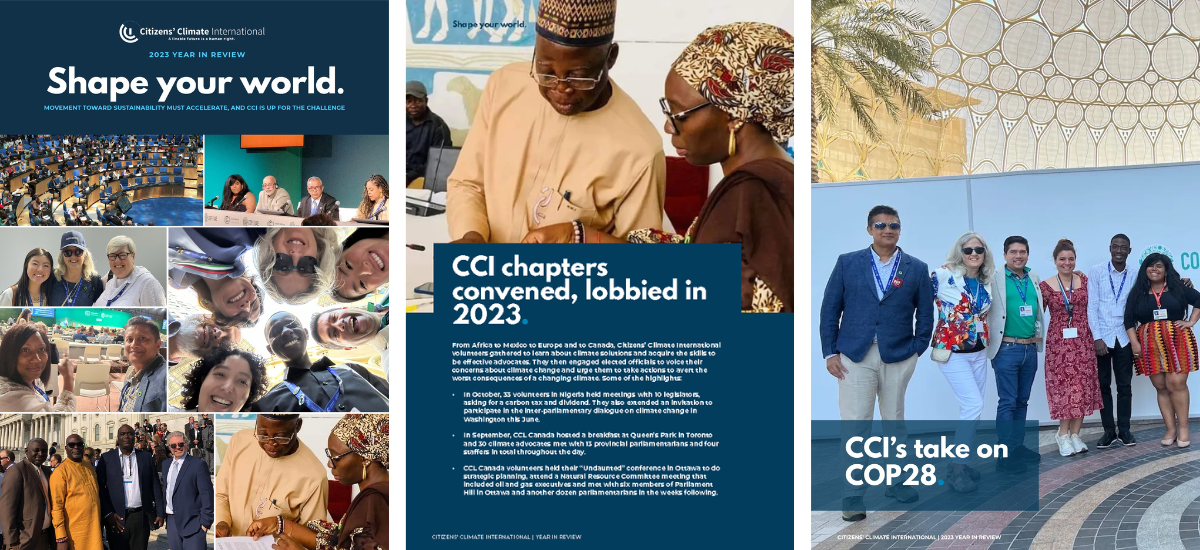
We are living through the early stages of climate emergency. Emissions are still rising, global heating is getting worse, and droughts, fires, storms, and floods, are intensifying. Massive wildfires are burning in Siberia, and it is estimated that worldwide, wildfires in July and August released more heat-trapping gases than all of India does in one year.
The new IPCC Working Group 1 report—described by the U.N. Secretary-General as “code red for humanity”—found that only in the most ambitious of 5 future scenarios will we be able to limit global heating to 1.5ºC by the end of the century. That means we need immediate, universal, transformational, and sustained climate action, or compounding risks will turn into unaffordable costs.
We are now beginning to see national high courts find that under-ambitious climate policy violates the rights of young people and future generations. Steadily worsening climate impacts are testing the foundations of our legal systems, and also pose a threat to food security and to the ability of financial systems to sustain the everyday economy.
We are at the point where it is no longer possible to talk seriously about sustainable use of natural resources without achieving real climate resilience and conservation of natural systems. Different industries face different timelines for being “underwater” in terms of the cost of natural shocks to their business models, but the reality is: all of us need to get on the right side of the climate emergency, and fast.
Smart planning, whether in business or government, or in the development of community-level infrastructure, now requires a new level of “future-proofing”. Resilience is now a baseline imperative, and Nature will keep moving the goal-posts, so to speak, adding cost and challenge, unless we stop making climate disruption worse.
In essence, we need all areas of national policy, as well as public spending, multilateral development finance, and private capital, to be aligning with climate-smart priorities and practices. To transform our systems at the rate required will mean significant new risks from disruptive innovations that will be hard to predict and more consequential than we tend to imagine.
Those fast-moving innovations are must-haves, but careful management of rapid change requires smart policies that let everyone adjust to new realities.
Every nation, to secure its future, needs to not only design ambitious climate goals, but to detail those plans with policies that enable a rapid, but measured and steady transition. This is where carbon pricing policies come in. The best-designed carbon pricing plan for a given country context will provide:
- A clear directional signal for decarbonization;
- Major opportunity for pollution-free energy and industry;
- A healthier allocation of the benefits of mainstream investment, for the everyday wellbeing of people;
- Diversified economies, including in marginal and rural communities;
- Steadily rising resilience value—the effect of business activities that generate positive externalities.
The best designed carbon pricing policies are a shortcut to a better future—averting major costs of natural shocks, reducing pandemic spillover risk, securing food systems, restoring ecosystems, biodiversity, and watersheds, and fostering improved health and wellbeing for whole populations. That is what we mean by the race to “net zero carbon emissions”.
7 years ago today, at the U.N. Climate Summit in New York, we put forward the PARIS Principles for effective, efficient, and equitable carbon pricing:
- Price pollution with a defined, steadily rising price on climate-disrupting emissions, preferably at the source.
- Add momentum. Enhance incomes; build economic value at the human scale.
- Reduce emissions effectively and accountably, by keeping the administrative structure simple and transparent.
- Internalize inefficiencies — cost and harm linked to polluting business models — incrementally, with escalating certainty and with no leakage.
- Spread by aligning price signals and supporting policies, harmonizing across borders, so pricing can be enacted country by country.
We like Climate Income as a way to meet these 5 standards:
- An upstream fee (at the mine, well, or port of entry), which rises steadily and predictably. That means every molecule of climate pollution potential is covered by the price.
- Revenue returned to households, so rising pollution costs are borne by polluting industries, not by ordinary people whose energy choices have been made for them by incentives, investors, and markets. This also means the whole economy actively goes to work mainstreaming new practices.
- A straightforward price adjustment at the border for goods that don’t carry such a price in their country of origin.
Research has shown such a plan can reduce carbon emissions by up to 50% in 10 years50% in 10 years and by more than 90% by 2050, even in the absence of other transition incentives. It is possible to design emissions capping and trading systems that include these design features, or for existing systems to transition to higher integrity design with reduced pollution incentives.
We invite all nations to examine and apply the PARIS Principles and to include effective, efficient, and equitable carbon pricing in their NDCs. We cannot afford to find ourselves trapped in a “code red” climate future. We need every bit of smart climate policy design to get us to that better future we all seek and which future generations have every right to demand.
Increasing urgency
The IPCC 6th Assessment—the latest consensus science—finds we will breach 1.5ºC of global heating by 2040.
The science also shows that beyond 1.5ºC, critical regulating structures of the stable climate may be lost, not soon to return. It is crunch time for the climate. Nations need to work together to mainstream climate action, and net-zero timelines need economically efficient accelerators, like climate income.








